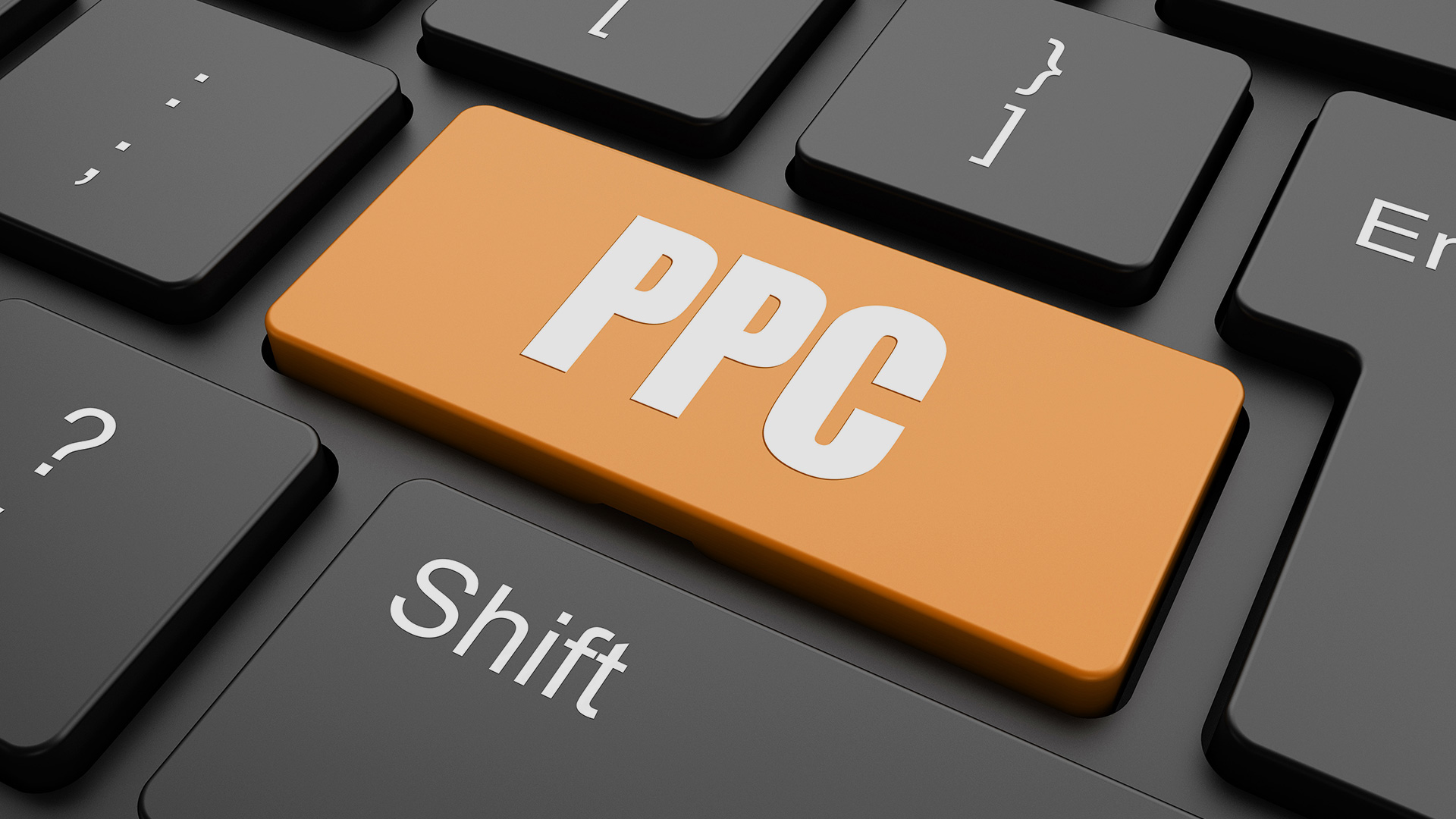
Search marketers with whom I consult like to complain about how giant improvements in PPC growth are behind us. They fondly recall the glory days of the 2000s when the immature PPC market allowed savvy marketers to boost PPC revenue a ton using simple tweaks to keywords or bidding strategies.
I recently completed a series here on Search Engine Land that made the case that there are still big gains to be made if you know where to focus. The eight-part series showed how branded keyword protection is this year’s secret weapon to achieving the monster revenue growth we miss so dearly.
The impetus for this series was how PPC brand protection is changing, but I’ve noticed that most marketers are not keeping up. Here’s the brand defense story I presented:
- Optimization tactics have come and gone since the days of five-cent bids, and we’ve discovered that PPC brand bidding is the next tactic for driving meaningful revenue gains.
- Branded keywords are more valuable than you think. They get quality traffic and clicks, and they require careful, constant protection.
- In 2016, advanced marketers protect their branded terms by coordinating with partners, reducing competition where possible and exercising legal actions when necessary.
- There are plenty of examples of best practices and effective brand protection techniques to copy from.
- The future is bright for brand protection strategies, especially for agencies, MAP compliance and hotel price parity.
PPC brand protection case study
An important part of this series was an Avery PPC brand protection case study showing how the retailer’s competitors were using the Avery trademark in their ad copy across multiple engines — a violation of the engines’ policies. Avery’s agency learned of the violations from its ad monitoring tool (disclosure: The Search Monitor, my employer) and used the advertising evidence to get Google, Bing and Yahoo to take down the ads.
With fewer competitors on their branded terms, Avery saw these very meaningful results for revenue:
- Brand CPCs decreased by 64 percent;
- clicks increased by 34 percent; and
- campaign costs decreased by 51 percent.
[Read the full article on Search Engine Land.]
Some opinions expressed in this article may be those of a guest author and not necessarily Marketing Land. Staff authors are listed here.

